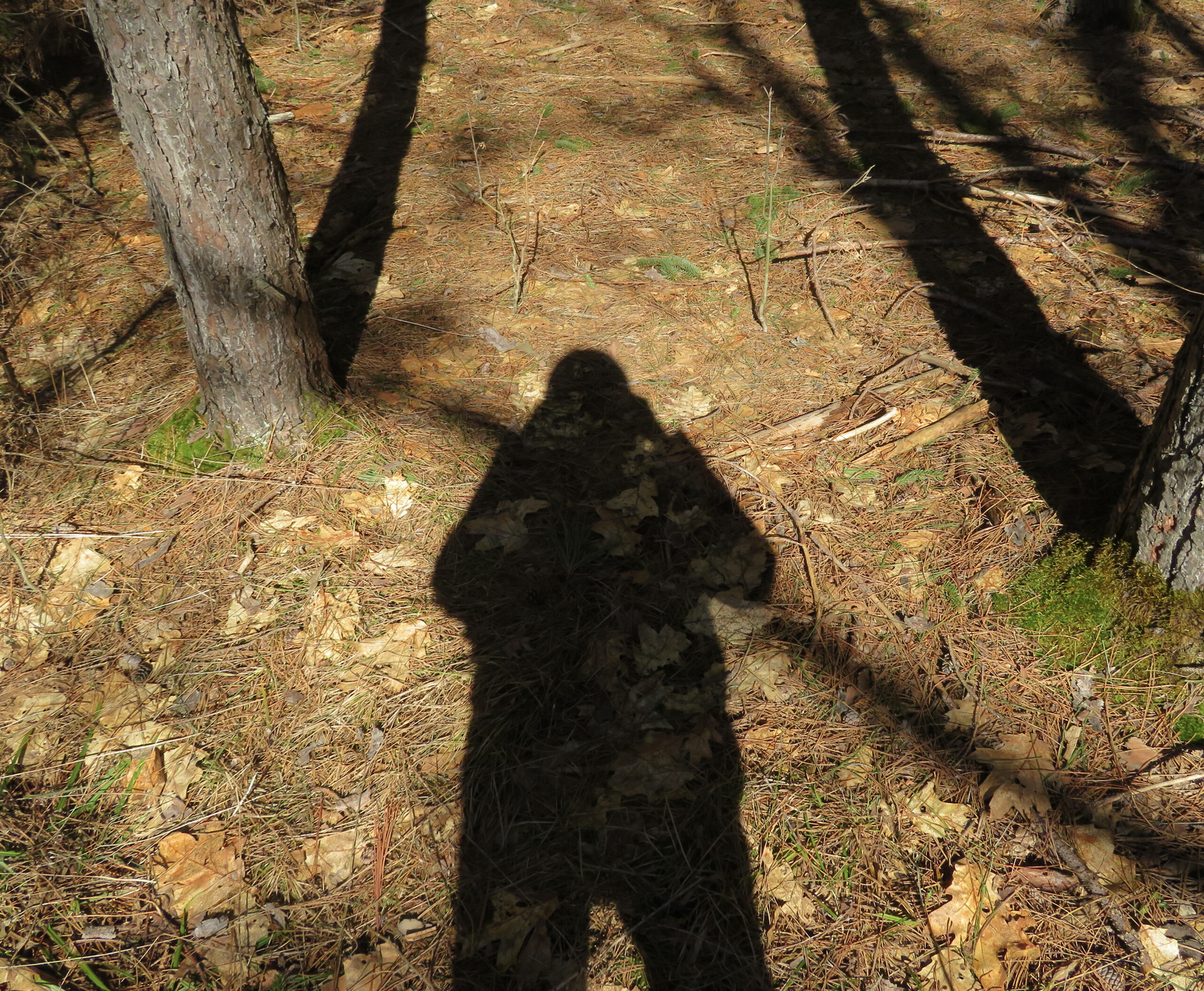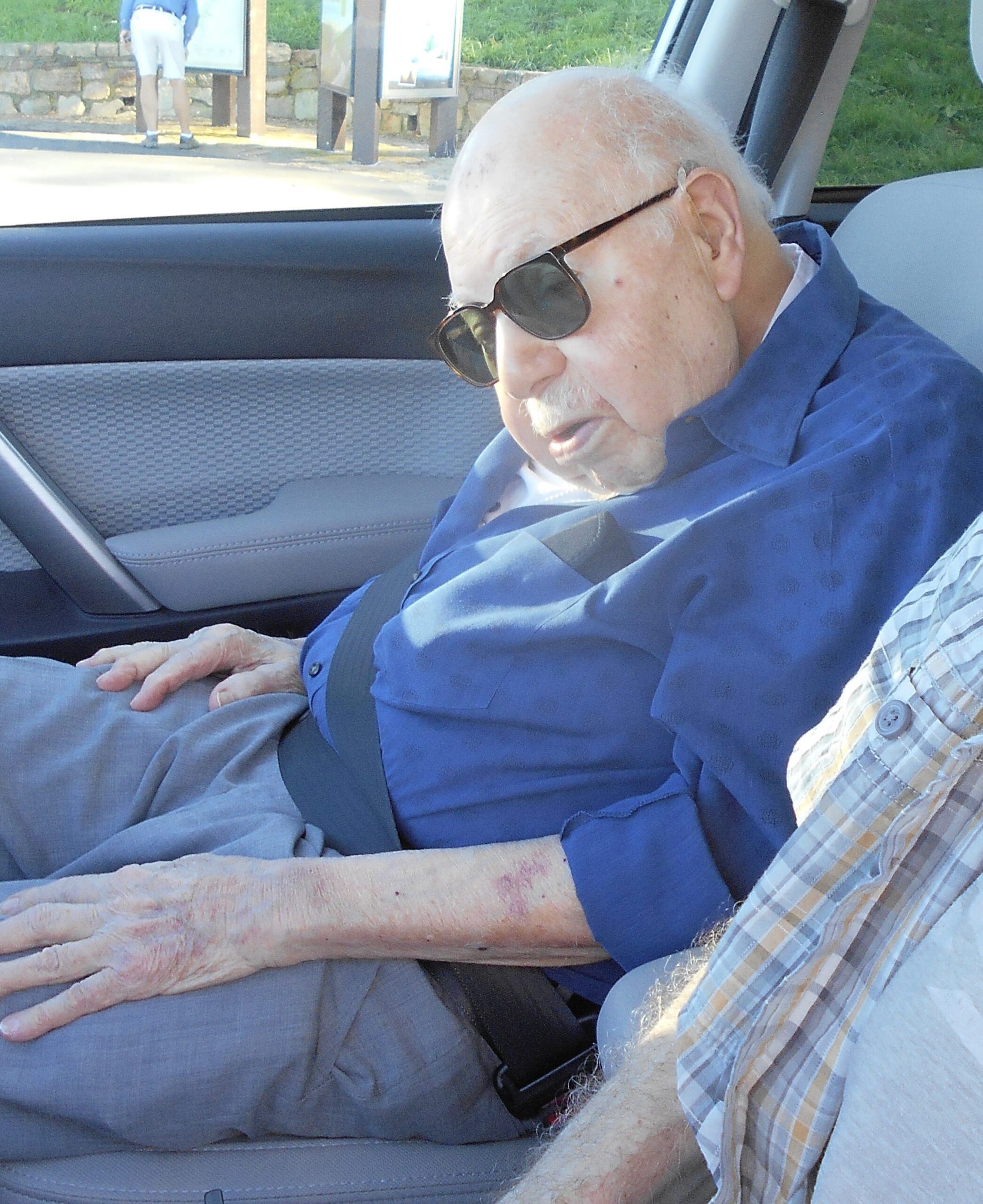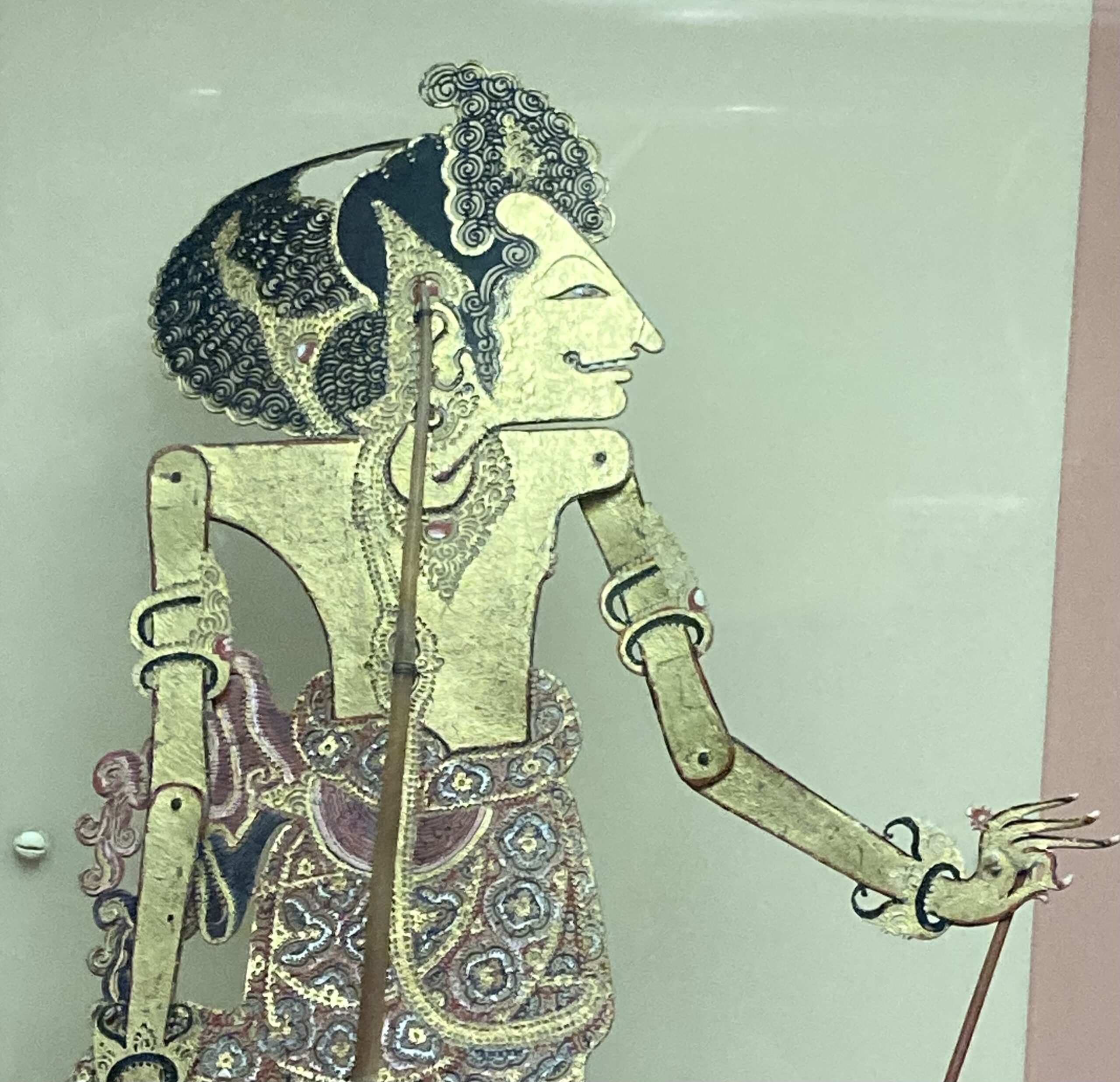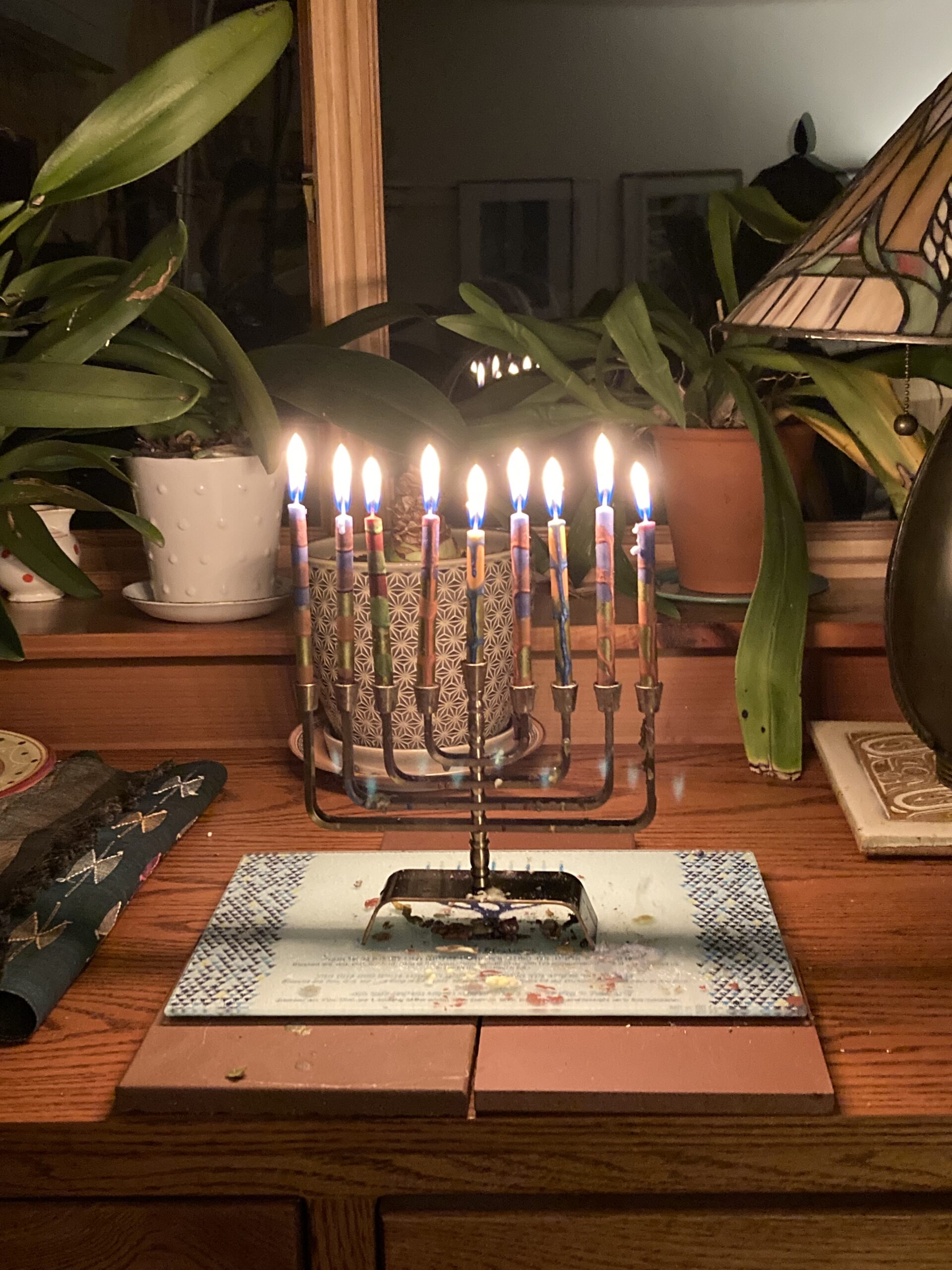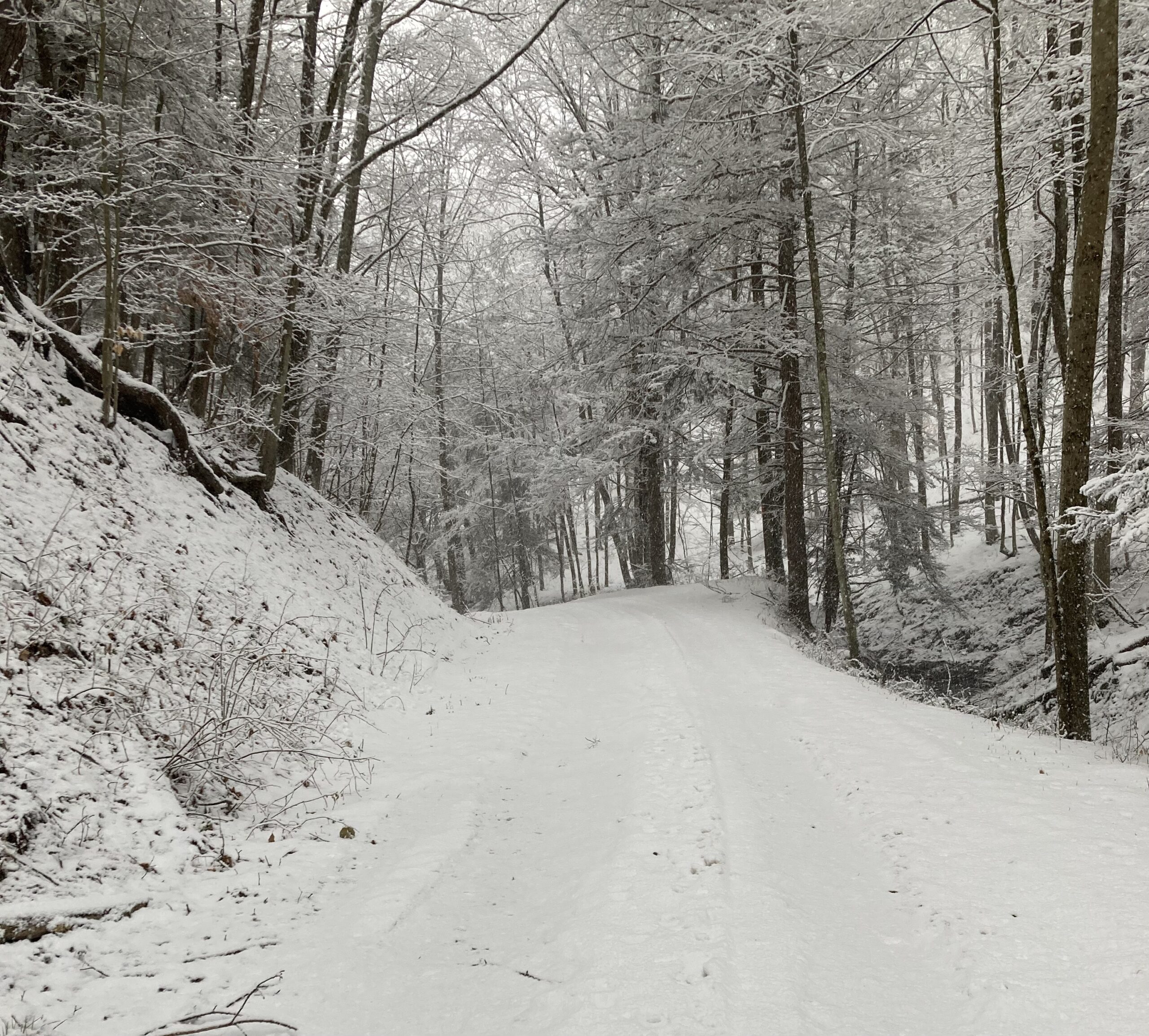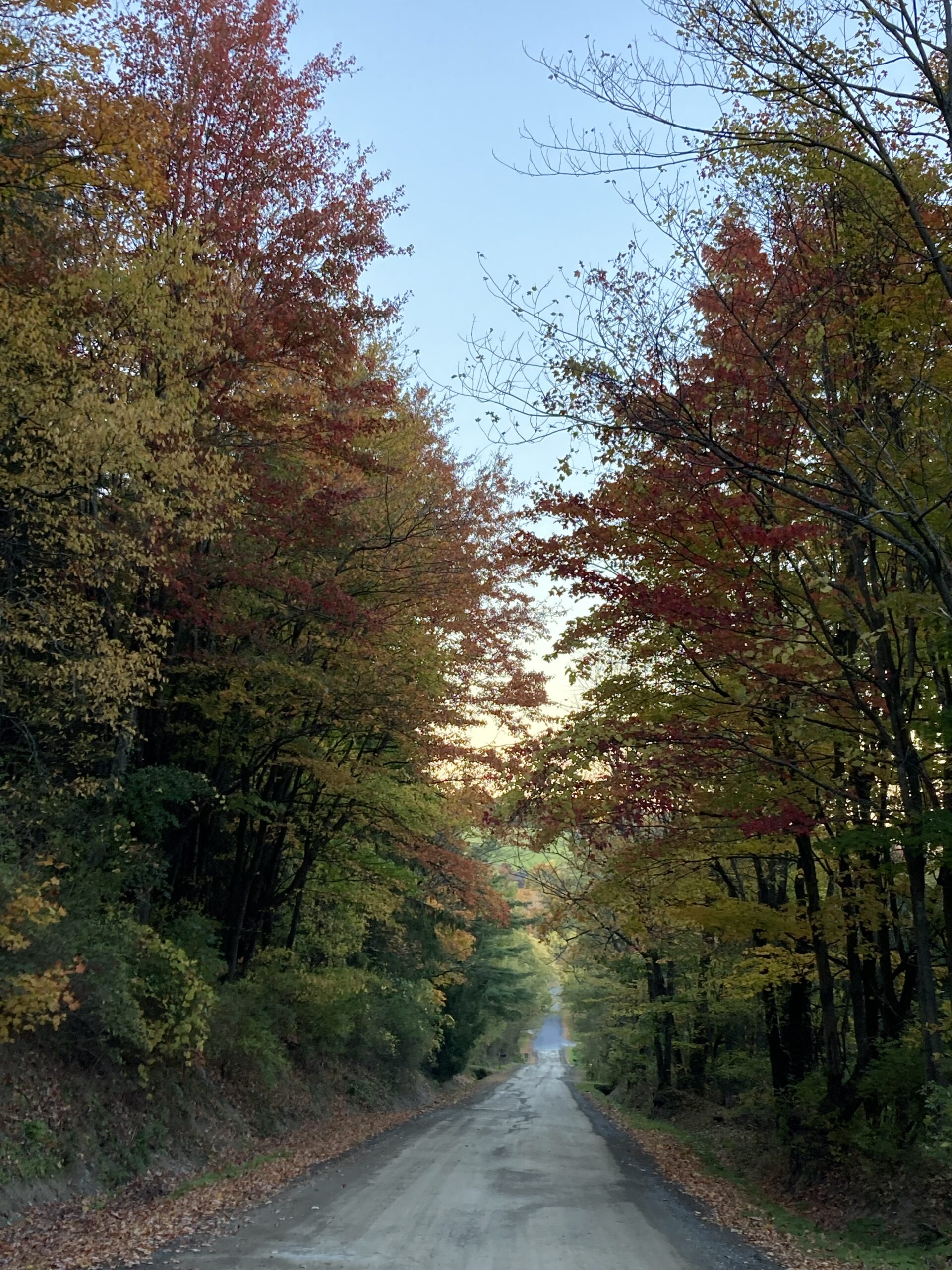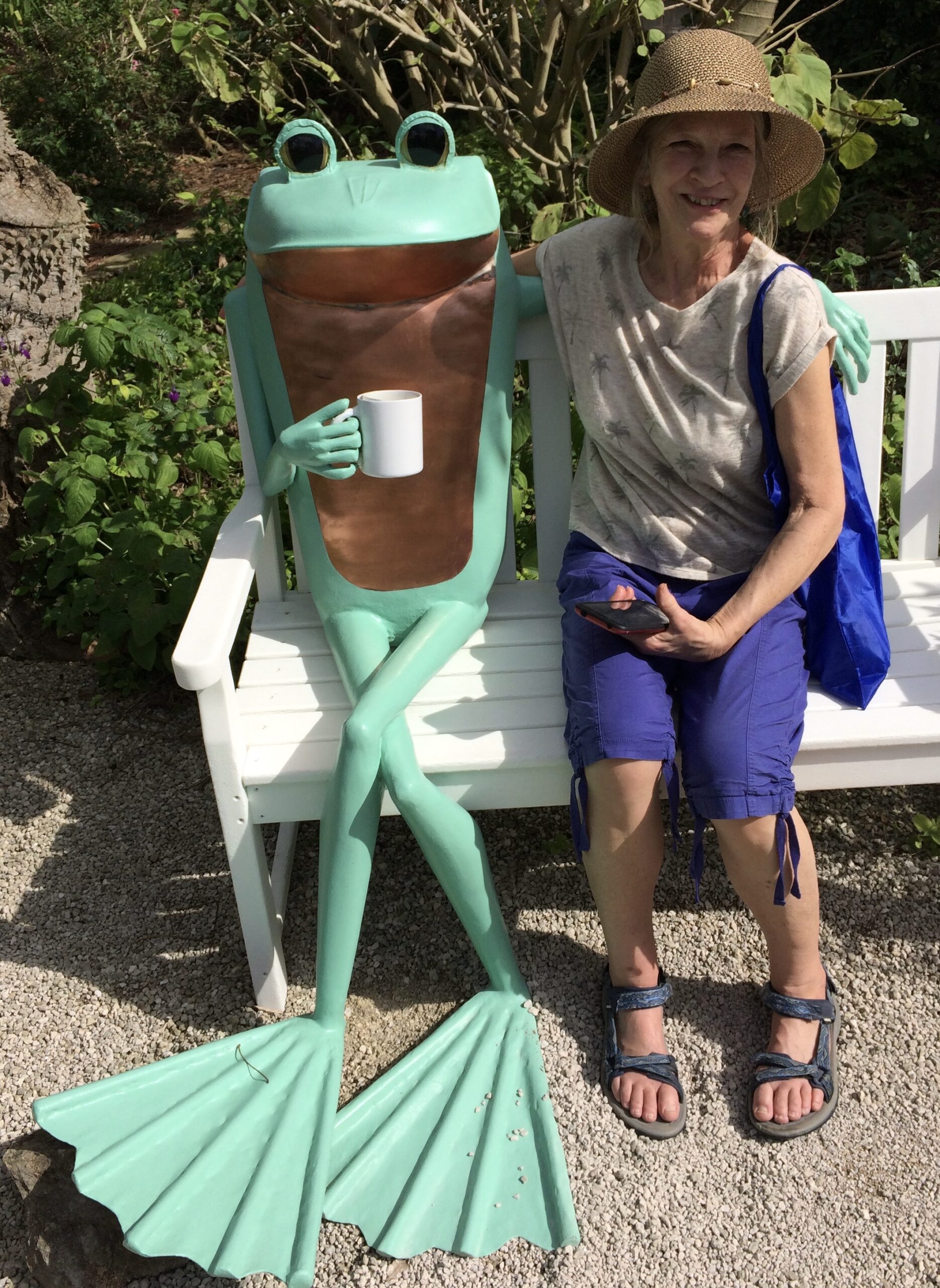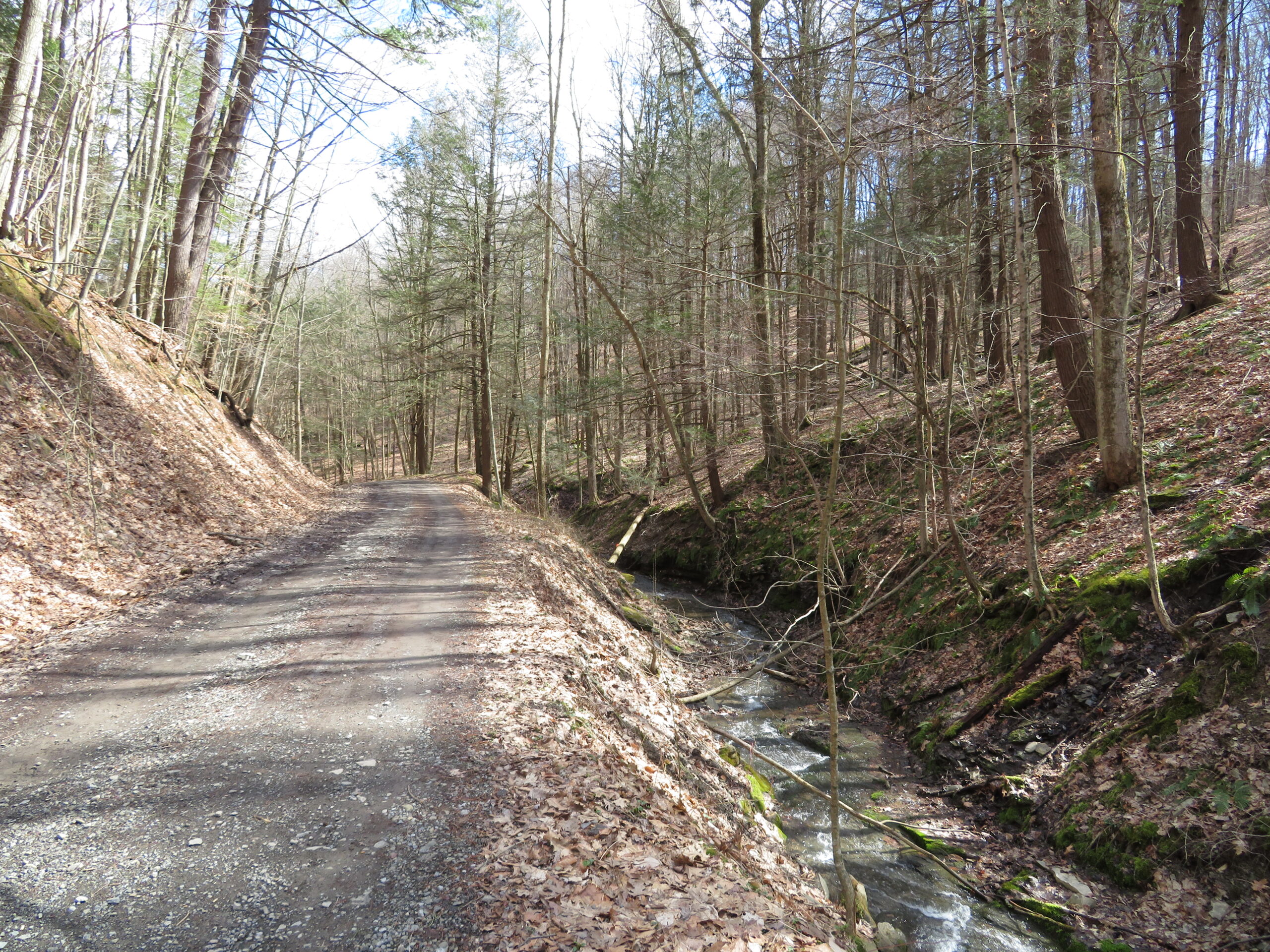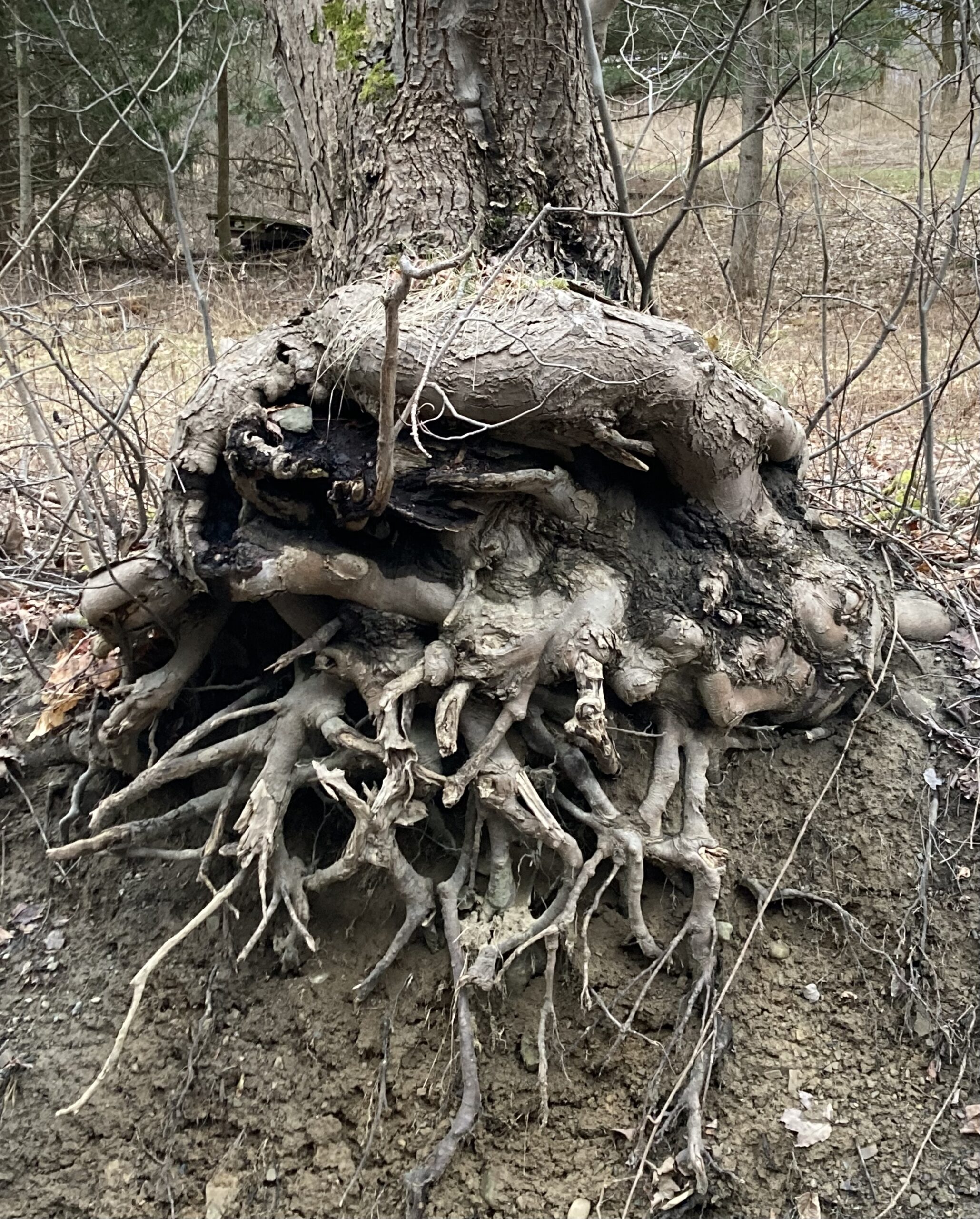One gigantic reality each of us must face is aging. We can feel it when we’re 11 going on 18, or 65 going on 85. At first, the aging, the changes are usually so small, so subtle, just normal reality. Then, seemingly suddenly, the change is immense, startling, towering over our old understanding of ourselves.
A few days ago, I was experiencing persistent shortness of breath and thought I should go to the ER for immediate diagnosis and treatment. The symptoms started during a hike; suddenly, it got so intense I couldn’t tell if I would be able to make it back to my car. I kept imagining having to call on my phone for an ambulance. It was too late in the afternoon to call a doctor; so I slowed my pace and distracted my mind from the fear by counting my steps until I reached my car. And when I did see the car, what an amazing relief it was.
But despite all that, I didn’t want to go to the ER. I had a physical sense of what might be going on, and it wasn’t a heart attack. So, I drove home.
The difficulty breathing abated for a while; but after dinner, it returned, with even more symptoms added on. So, my wife drove me to the ER. After several hours, the ER medical team decided I had issues, but nothing warranting a stay in the hospital.
When we got home, the sky thundered. I couldn’t see any lightning, but I felt not only thunder but a driving wind; and an intense rain seemed to fall suddenly out of everywhere, from the sky, the hills, the buildings. We ran inside, dried off, and went to bed as soon as we could.
The next morning, I at first wanted to buy myself something, some material compensation for going through the confusion, fear, and physical discomfort, but wasn’t sure what it could be. I imagined going to some local store, maybe a bookstore. I love bookstores. Or go online, if I could just think of something I felt I really needed or wanted. Consumerism shows itself in unanticipated ways.
Then I realized these occasional symptoms and physical changes were just an important element of who I now was. I didn’t need any distractions from my own life. It was just that my self-image was miles behind my reality. My awareness hadn’t comfortably settled into my moment-by-moment experience. But now, maybe, this was changing, like everything else. And maybe now I could perceive this seemingly new situation or time of life as valuable, not just something to deal with⎼ but as something interesting in-itself to observe and learn from.
And it became clear to me that no material gifts, or outside objects was what mattered the most to me. What mattered the most was my response⎼ what I did, what actions I took, how I understood whatever occurred. This mattered. This was what would most determine the quality of the next moments and years of my life.
A few days later I ran into a co-worker from a job I had years ago. We went through the usual greetings⎼ how are you? what’s your life like now? And we answered as honestly as possible without going into many details. She talked about being 80 years old and beginning to feel old; and she added that young people she knew described older people as afraid of change.
But I replied I didn’t think that assessment of older people, of us was entirely accurate. As we age, certainly as I age, I notice changes more quickly than I used to, especially changes in my health, in my environment, in my friends….
*To read the whole article, please go to The Good Men Project.

